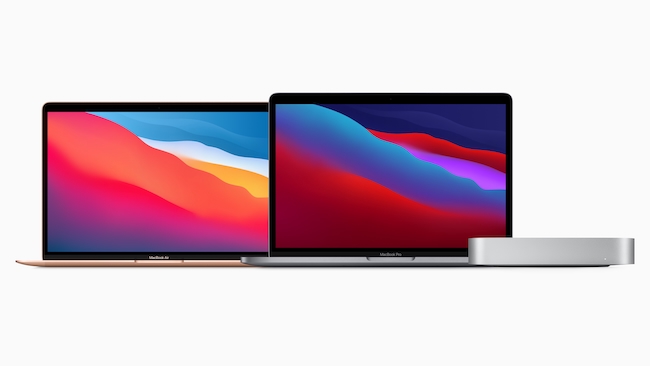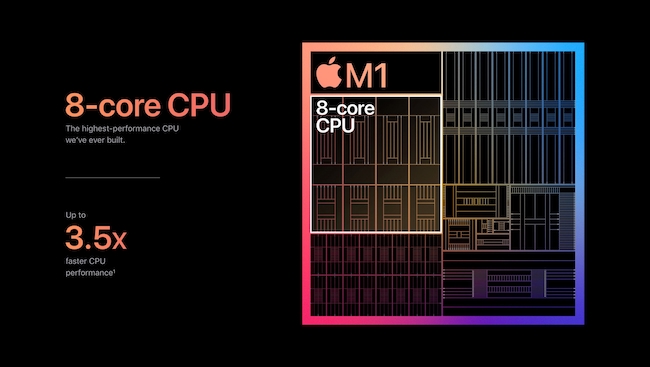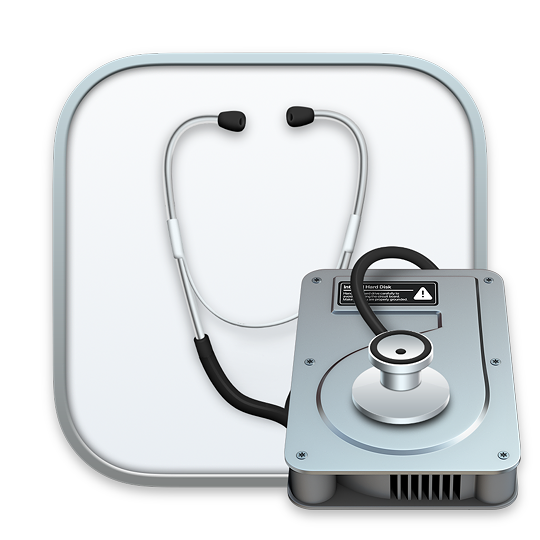|
|
Thursday Comment: Apple Anticipation and Expectations; User Tips; Politicians Sniffing at Big TechBy Graham K. Rogers
With new iPhones expected in the next month or two (usually announced around September) and predictions for a number of other products expected to reach market before the end of year, Apple should have another good Q4. As this is always its highest quarter with holiday and year end sales boosting income, the outlook does not look too bad from where I am sitting. The only question I have is on how some cultures may react to the iPhone 13 nomenclature. I mentioned this in May and several other commentators have brought it up. Apparently Apple is not concerned. On Wednesday morning (here) Apple put out release candidate updates to all of its beta software: Mac, iPhone, iPad, Watch and TV. These suggest that the updates for user devices will be available in a few days. Apple has also just released some new colors for AirTag keychains and the AirTag Loop, including a nice green keychain and a strong yellow loop. Along with the new WatchBands, some of which have not yet arrived there is a move to increase the range of accessories. This includes a MagSafe charger that attaches magnetically to the rear of the iPhone 12. This does not work with the iPhone 11 I have, but unlike the new keychains and loops it does not appear to be available here.
Another column from Mac OSX outlined the processes for repairing the boot up disk on Macs, which is advised if there is any recurring problem, but also would be a good idea with the next version of macOS (Monterey) expected soon. The article explained the different ways to access Disk Utility for this. It cannot be done when the disk is mounted, so on Intel Macs we need to use the Command + R keys for the Rescue mode. On the M1 Macs this has changed completely and, as the article explains, instead of the previous range of startup key commands for different tasks (Rescue, Safe boot, Single-user mode, et al) a menu system is used. We bring that up by a long hold on the power key. This has also been explained by hoakley (Eclectic Light Company) in a number of articles, although the quickest look at this is in an item from January which has two flow charts (as well as text information) that show the different ways we can use the features available. The first chart is for Macs with Intel chips and further down the page is the M1 flow chart. There are also links to other related articles. I must be honest, while I was au fait with the startup keys that were used with Macs on OS X even before the switch to Intel, I have not tried the new startup system, but will overcome my reluctance not least because I will need to check the disk before I update to Monterey. Later on Thursday, hoakley put out another article which explains the disk structure in macOS 10.13, 10.14 and 11.1 (Big Sur) - most informative and I recommend following this source.
Looking for more information on these - volumes, containers and disks - I found Apple Support document HT210898 that has much the same information as the two articles I saw this week; but I note the explicitness of the comment, here, "Repair volumes, then containers, then disks". It is no longer a one-stop fix and the more complex structure requires a more measured approach.

M1 Macs - Image courtesy of Apple For the first time this week I heard of a new more powerful version of Apple silicon: the M2X. We currently have the M1 with the MacBook Pro, MacBook Air and Mac mini. I have 2 versions - in the MacBook Pro and the iPad Pro - both of which see full use. Speculation up to now has predicted the M1X and the M2. For all I know - for all we know - they will be developed. The range of computers Apple is seeking to replace, switching from Intel (and auxiliary chips) to its own processors, may well need a wide range of power outputs and other features. Mark Gurman in his newsletter, now tells us of the M2X in an upgraded iMac, which is another rumor that has been floating around for a week or so (Tim Hardwick, MacRumors). That makes some sense. With the basic iMac now with the larger 24" screen, there is some sense in a larger version replacing the 27" screen, particularly now that the iMac Pro has gone (at least for the time being). With super specifications and a super price, the larger iMac could do with superior power.

M1 design - Image courtesy of Apple Discussing the A-series processors on which the M-chips are based, a couple of years ago AnandTech described them as scalable, so the numbers of cores (and their tasks - power, economy) and other features can be added to the basic chip design relatively easily. It is not as simple as copy and paste, or enlarging the outside dimensions and adding in a couple of extras, but the basic design allows for a more easy addition of features than some other chip architectures. The Intel Xeon is also described as scalable. There have also been continuing reports about a refresh (or more) to the iPad mini. I rather like this device, although have never owned one myself. I had a couple on test a while back and gave a couple to friends for Christmas. A lot of students here had these, partly because of the convenience and a price lower than an iPhone. I have not seen so many of late, although that may simply be because we are working online. The last update to the model in 2019 coincided with an update to the bottom of the line iPad, oddly making the iPad (with lesser specifications) a cheaper option. Currently, the iPad starts at 10,900 baht here, while the iPad mini starts at 13,900. Both have the A12 Bionic chip so the iPad looks to be the better choice. If Apple is to upgrade the iPad mini, this needs to have some super-specs to make its purchase worthwhile.
Looking at each of the major smartphone-related companies as separate entities with regard to monopolistic actions is not in the interests of the customer. The major players should be examined together. It should not be the analysis of Apple or Google, but Apple and Google as the whole picture, even though their functions are different. Apple designs and makes the handsets as well as the operating system, while Google develops Android and in the main leaves handsets to third-party manufacturers, like Samsung. Both of the operating systems have specific applications that users expect to find installed on the devices, while each also has a store for download and purchase of third-party apps. For many users these work well, but some politicians and a few developers are unhappy with the store system and the fees charged developers. One of the members of the Coalition for App Fairness lost against Apple in court this week, although it was only on one part of the case. However, a case brought by a patent troll that has already been tried once in the infamous Tyler TX court has been sent back as the judge erred by not mentioning to the jury that the technology was already widely used. Apple claimed that this was subject to FRAND licensing (fair, reasonable and non-discriminatory) and the judge thought that was not worth mentioning. While this is to be retried, the high court in London has tried almost the same case and found against Apple, suggesting that the company will have to pay $7billion for the license. Apple of course disagrees and if it fails to pay any fees may be banned from selling phones in the UK (Helen Cahill, This is Money). Noises from Cupertino are suggesting that Apple is already considering leaving the UK. This is unlikely of course although the stakes are high. Closing down its stores could see over 300,000 out of work. Optis is not the first company to have charged Apple a different rate for its technology or chips.

Apple Store, Regent Street, London (2017)
The same philosophy may apply to the tech giants: the economists, like Vestager, and the politicians are willing to destroy what has evolved in the interests of the potential monopoly that they think each represents; but without fully considering what it may mean to the consumers who rely on these companies. Vestager for example is determined that there should be a second App Store (at least) on iOS, while also announcing that Apple should not play the privacy and security cards. This week, Google was hit with a large fine by the French antitrust regulator for abusing its 'dominant' position in online advertising (France 24). The article mentions that the German authorities are also looking into this. With a slight whiff of hypocrisy, the article also includes the comment that, "The French authority's investigation was prompted by complaints from Rupert Murdoch's News Corp., French newspaper group Le Figaro and Belgium-based Rossel La Voix. Le Figaro later withdrew its complaint." In another article on the same investigation, RFI tells us that the Regulator fined Google €500 million for not negotiating with media groups so there may be two parts to the penalty.
When Bell Telephone was broken up under the direction of the courts in the early 1980s it initially seemed to be working well, with smaller companies able to offer better call deals for consumers, although some of the long numbers that had to be dialed in (or button-pressed) caused aching fingers. But there is a natural gravity to commercial entities like that. In the 1950s and 60s especially, the British car industry saw several takeovers that left only a few major players rather than the hundreds there had been between the Wars; then it all imploded. The remnants of Bell prospered and grew, then the mergers began. Now we have a massive AT&T along with a few other service providers adapting to the changes from cable to wireless technologies. The gem that was Bell Labs is now part of Nokia with a wealth of patents so America no longer owns its own technology. I am not being protective towards Apple because of bias, but also feel that tampering with Google (which I am not a fan of) brings a considerable risk. On the other hand, Facebook, particularly with its unintegrated components (like Instagram et al) might benefit from some trimming. There is a rule with motorcycle maintenance: if it ain't broke, don't fix it.
Graham K. Rogers teaches at the Faculty of Engineering, Mahidol University in Thailand. He wrote in the Bangkok Post, Database supplement on IT subjects. For the last seven years of Database he wrote a column on Apple and Macs. After 3 years writing a column in the Life supplement, he is now no longer associated with the Bangkok Post. He can be followed on Twitter (@extensions_th) |
|


 I saw a useful tip for the iPad on
I saw a useful tip for the iPad on  Within about 20 minutes of reading the OS X Daily article, I found another, similar text on MacWorld (
Within about 20 minutes of reading the OS X Daily article, I found another, similar text on MacWorld (